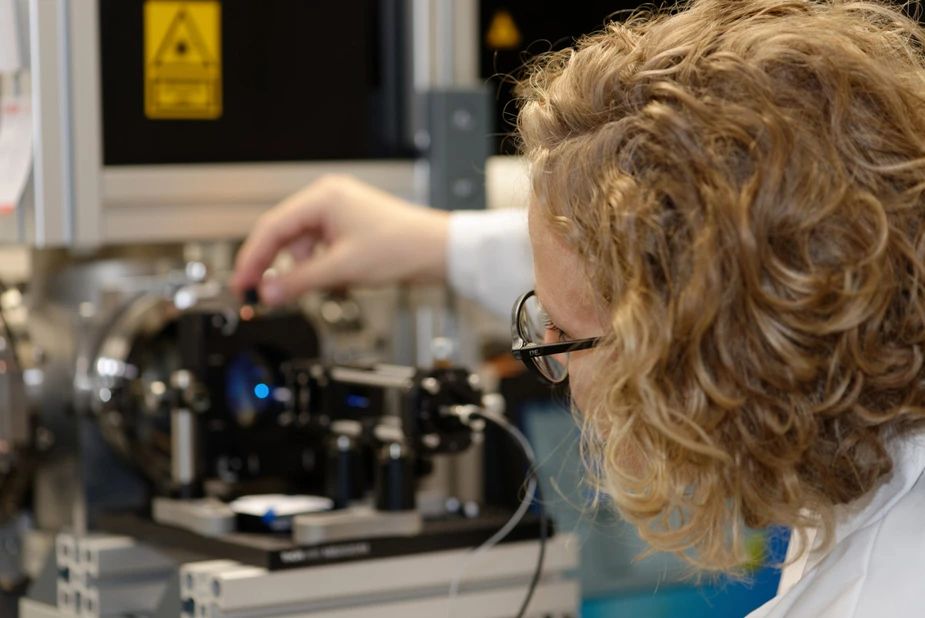Aerospace research has been shaping Adlershof for more than 100 years
In view of the development of the science and technology location, Andreas Schütz, DLR's spokesperson, speaks of “an incredible success”
Even after 30 years, Andreas Schütz, spokesperson of the German Aerospace Center (DLR), is still amazed when he arrives in Adlershof coming from his office in Berlin-Mitte. While he was working for DLR in Adlershof between 1993 and 2008, he took part in many meetings dealing with the area’s development into a hub for science and technology. They were about transport connections and the development of the lots along Rudower Chaussee. “There were many slides and large maps hanging on the walls”, says the 58-year-old. Before working for DLR, he was a journalist focusing on aeronautics and space travel and was glad that the site’s long aerospace tradition was to be continued.
Back then, it seemed to him like the future of Adlershof as an appealing location for science, business, and media was painted in the brightest colours. “When I looked out of the window on Rudower Chaussee, I hardly saw any buildings, only a collapsed old wall.” Like many others, Schütz had his doubts about the concept. “Yes, go ahead and do it, I thought, but I didn’t really believe it.” Today, this the media expert admits, he has taken a completely different view: “It worked. There is true progress and it’s an incredible success.”
To Schütz, this applies to all the developments in science and technology—the synchrotron light source BESSY of Helmholtz Centre Berlin (HZB), for example, or the Leibniz-Institute for Crystal Growth (IKZ), one of the world’s leading research facilities. Another milestone was the move of Humboldt-Universität’s natural science institutes to Adlershof. Promoting creative start-ups, attracting many small and medium-sized companies, and housing development were also part of the success.
With over 700 employees and internationally renowned aerospace research, the DLR institutes played a big part in the positive development of the site. This has had a long tradition in Adlershof and Johannisthal. The German Research Institute for Aviation (Deutsche Versuchsanstalt für Luftfahrt, DVL) was founded here in 1912. In 1981, the East German Academy of the Sciences founded the Institute for Cosmos Research that focused primarily on spectrometric remote sensing of earth and extra-terrestrial physics. The know-how of IKF was passed on to the newly founded DLR institutes for remote sensing technology and planetary research, which were founded in 1992 and merged in 1999.
Transport research was added as a second main focus of DLR in 2001. “How and why is mobility changing in and outside of cities, to what extent are alternative engines our vehicle automation accepted and what is their significance,” are some of the questions mentioned by Melanie-Konstanze Wiese. Their research on space flight also gets international attention. “Our instruments also facilitate the scientific studies of Mars, which then come to us to be evaluated”, says Wiese, who has been in charge of communication for the DLR region East and Berlin, since 2011.
Andreas Schütz predicts that Adlershof will gradually attract more and more people. He also appreciates that people are remembering the site’s roots. “I was pleased to see that they successfully preserved the old installations like the tailspin wind tunnel and the engine test beds. And so they stayed the landmarks of the site. A smart decision.”
By Paul Janositz for Adlershof Journal
